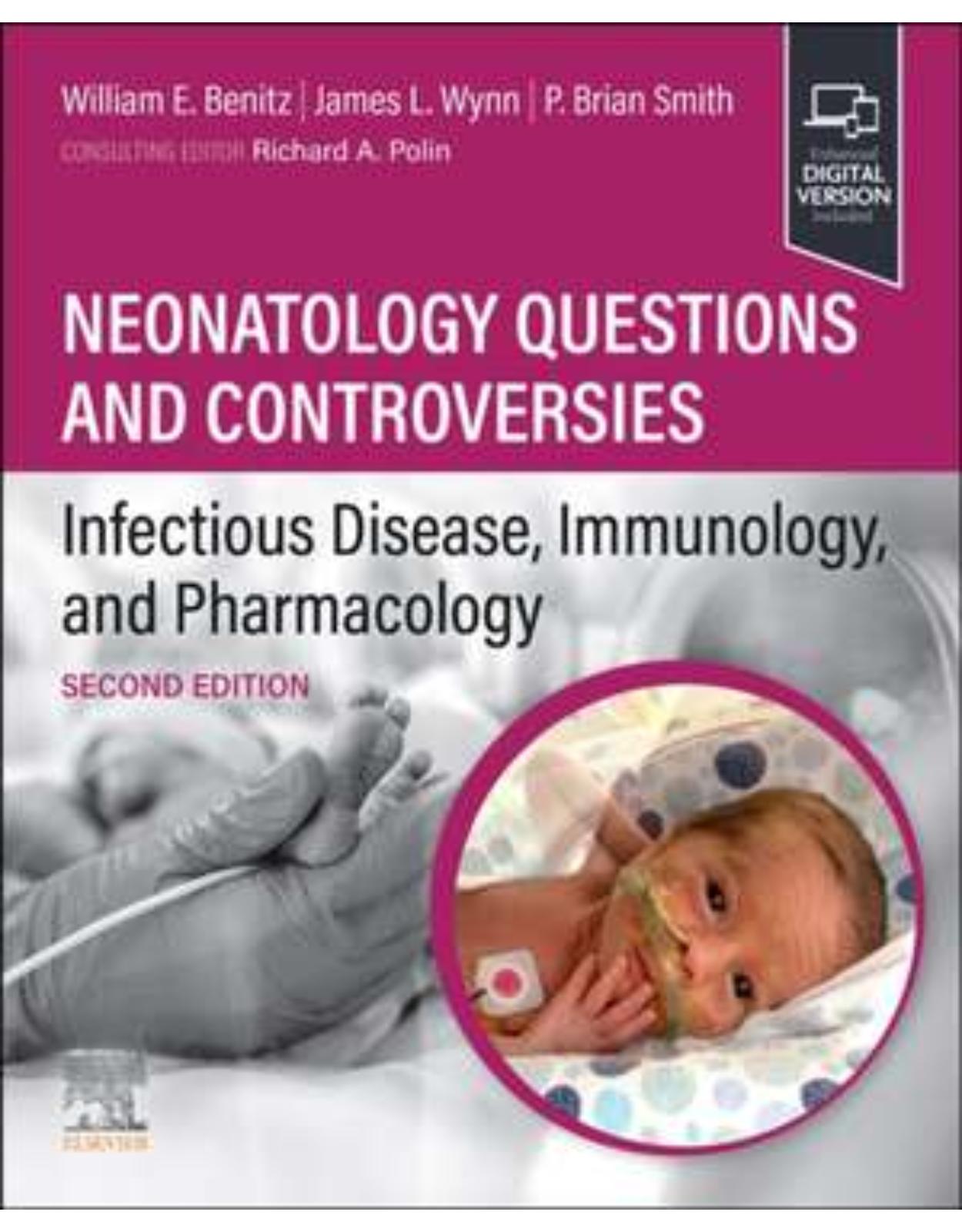
Oxford Textbook of the Newborn
Livrare gratis la comenzi peste 500 RON. Pentru celelalte comenzi livrarea este 20 RON.
Disponibilitate: La comanda in aproximativ 4 saptamani
Autor: Michael Obladen
Editura: Oxford University Press
Limba: Engleza
Nr. pagini: 464
Coperta: Hardcover
Dimensiuni: 27.86 x 2.46 x 22.71 cm
An aparitie: 18 Aug. 2021
Description:
Well into the 20th century, one in four newborns failed to survive their first year of life. It was after World War II that medicine "discovered" the newborn as a human being entitled to medical treatment and prioritised care. Since its definition by Alexander Schaffer in 1960, neonatology has evolved into a mature, innovative, and ethical field. A large number of medical professionals' care for neonates, yet no definitive medical history of the newborn has been available until now. The Oxford Textbook of the Newborn: A Cultural and Medical History offers readers a unique and authoritative resource on the 3000-year history of the newborn within Western societies. Written by Professor Michael Obladen, a leading voice in neonatology, this book reflects on our perception of newborns, from the earliest days of human thought, through to the traces that remained in medieval life and persist today. It unearths ideas and evidence of societies' perceptions of newborns through a beautifully illustrated, impressive and often never-seen-before set of historical sources from libraries, archives, churches, excavation fields, and hospital charts around the world. Split into 8 sections which each cover aspects of the natural lifecycle of a neonate, this book demonstrates the impact of religion, law, ethics, philosophy and culture on newborns' quality of life, and covers fascinating topics such as the rites of passage for the newborn, infanticide, opium use, breastfeeding, and artificial feeding. Each chapter is written in an accessible style and includes high-quality historical illustrations which really bring the subject to life.
Table of Contents:
Part 1 Early life
1.1 Animatio: ideas about the beginning of personhood
1.2 Hepar uterinum: ideas about fetal nutrition
1.3 Pulmo uterinus: ideas about fetal respiration
Part 2 Birth
2.1 From apparent death to birth asphyxia
2.2 Resuscitation 1: artificial ventilation
2.3 Resuscitation 2: oxygen and other drugs
2.4 Resuscitation 3: endotracheal intubation
2.5 Umbilical cord and umbilical care
2.6 Postverta, Agrippa, Caesarea: born feet-first
2.7 Social birth: rites of passage for the newborn
Part 3 Prematurity
3.1 Measures of viability
3.2 Surviving against the odds
3.3 Respiratory distress: understanding surfactant deficiency
3.4 Holding breath: the development of surfactant substitution
3.5 Anatomy and spontaneous closure of the ductus arteriosus
3.6 Persisting patency of the ductus arteriosus in the preterm infant
3.7 Intraventricular haemorrhage
Part 4 Multiple birth
4.1 Unwelcome: the abominable twins
4.2 Fertility and fatality: higher-order multiples
4.3 Unequal but monozygotic: twin–twin transfusion syndrome
4.4 From monster to reversed perfusion: acardiac twins
Part 5 Odd shape
5.1 Cats, frogs, and snakes: concepts of neural tube defects
5.2 In God’s image? The tradition of infant head shaping
5.3 Lame from birth: concepts of cerebral palsy
5.4 Possessed by evil spirits: seizures in infancy
5.5 Birthmark and blemish: the doctrine of maternal imagination
5.6 Cast aside: infants with Down’s syndrome
5.7 Crooked limbs: the thalidomide catastrophe
5.8 A wretched condition: cleft urinary bladder
Part 6 Breast is best
6.1 Bad milk: medical doctrines that impeded breastfeeding
6.2 Regulated wet nursing: managed care or organized crime?
6.3 Guttus, tiralatte, and téterelle: breast pumps
6.4 Pap, gruel, and panada: early approaches to artificial feeding
6.5 Milk demystified by chemistry
6.6 From swill milk to certified milk: progress in cow’s milk quality
6.7 Technical inventions that enabled artificial infant feeding
6.8 Selling safety: commercial production of infant formula
6.9 Feeding the feeble: steps towards nourishing preterm infants
6.10 Much ado about nothing: controversies on tongue-tie
6.11 Lethal lullabies: opium use in infants
Part 7 Disease
7.1 Innocent blood: haemorrhagic disease of the newborn
7.2 Yellow brains and blue light: neonatal jaundice
7.3 Weak giants: infants of diabetic mothers
7.4 Filth, impurity, and threat: meconium
7.5 Necrotizing enterocolitis: 150 years of fruitless search for the cause
7.6 Better baby bones: attacking rickets and scurvy
7.7 Curse on two generations: congenital syphilis
7.8 Thrush: nightmare of the foundling hospitals
7.9 Systemic infection: sepsis
Part 8 Early death
8.1 From right to sin: laws on infanticide in antiquity
8.2 From sin to crime: laws on infanticide in the Middle Ages
8.3 From crime to disease: laws on infanticide in the modern era
8.4 Despising the weak: long shadows of infant murder in Nazi Germany
8.5 Cot death: history of an iatrogenic disaster
8.6 Theirs is the kingdom of heaven: infant mortality statistics
8.7 For whom no bell tolled: infant burials
8.8 Revived for paradise: respite sanctuaries
Appendices
1. Methodical limitations
2. Early special care baby units and their scientific achievements
3. Synchronoptic timetable
Glossary of abbreviations and medical and foreign language terms
Biographical notes on frequently cited authors
Index of Personal Names
Index of Locations
Index of Subjects
| An aparitie | 18 Aug. 2021 |
| Autor | Michael Obladen |
| Dimensiuni | 27.86 x 2.46 x 22.71 cm |
| Editura | Oxford University Press |
| Format | Hardcover |
| ISBN | 9780198854807 |
| Limba | Engleza |
| Nr pag | 464 |
-
97500 lei 83000 lei












